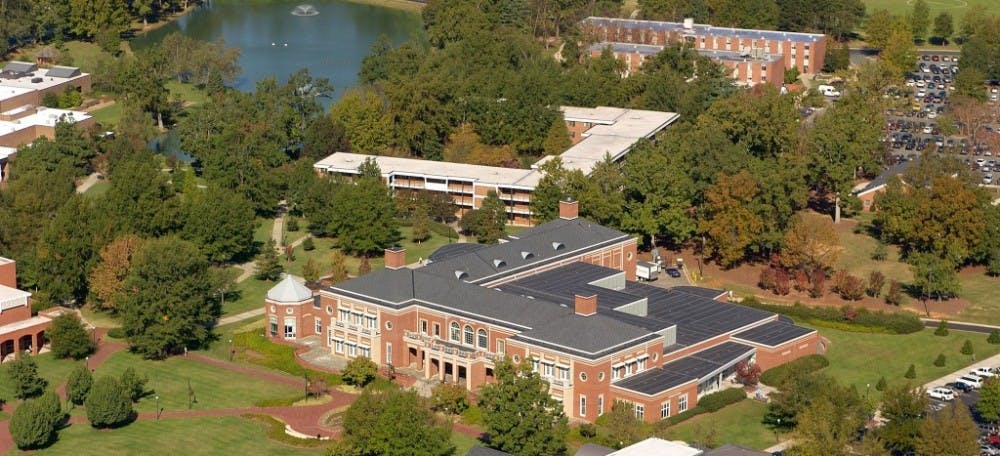On Aug. 28, the class of 2017 will start their first day at Elon University as one of the largest freshman classes in Elon’s history.
It was only 10 years ago when the class of 2007 stepped onto campus for the beginning of their college journey.
But much at Elon has changed in the span of a decade, and the Elon known to students 10 years ago is radically different from the university incoming freshmen will find in fall 2013.
“Elon has made lots of changes, from raising more money, to adding additional buildings, to more alumni involvement,” said Melanie May, Communications Manager for Admissions at Elon. “Hopefully these changes will create a legacy graduates will be prouder of.”
Power in numbers
The 2013-2014 school year will not only include changes brought on by the university – the freshman class of 2017 itself is much different than the class of 2007 in numbers as well as demographics.
Currently, the incoming freshman class profile only consists of the admitted pool of students. The class profile will be different and will not be official until students are here in August 2013, according to Greg Zaiser, Vice President of Admissions and Financial Planning.
Still, the changes in admission statistics in the last decade are clear. This year, Elon received 9,925 total applications, compared to 7,386 in 2003. The admissions department is currently working its way to a class of more than 1,400 new students in fall 2013, whereas there were only 1,341 new students enrolled in 2003, according to Zaiser.
Demographically, the class of 2017 is currently 60 percent female and 40 percent male, compared to 63 percent female and 37 percent male for the class of 2007. 21 percent of new students identify as ethnically diverse in the class of 2017, but only 11 percent of new students indentified as ethnically diverse in 2003, according to Zaiser.
“Additionally, the class of 2017 has an overall higher high school GPA and overall higher SAT/ACT score,” May said. “I also believe the class of 2017 is more involved in extracurricular activities.”
An evolving campus
Many would argue the largest changes taking place at Elon are in the physical appearance of the campus. Construction on the six-building Global Neighborhood began in spring 2012 and should be complete by fall 2014, which works toward Elon’s goal of having 75 percent of undergraduates live on campus. Design and fundraising are underway for a new Admissions Welcome Center and new facilities for the School of Communications, which will double the size of the current facilities in the McEwen building.
Plus, Elon’s campus includes several recently completed projects that even some current students haven’t fully adjusted to, including Lakeside Dining Hall, Numen Lumen Pavilion, The Station at Mill Point and Elon Town Center.
Freshman Cara Goode said the ever-changing look of Elon’s campus will contribute to how the class of 2017 perceives their time at the university.
“I think their Elon experience is going to be different because campus is expanding so much,” Goode said. “They are going to be a big part of that expansion and that in itself changes their experience. My class is used to the relatively small Elon population. The incoming class won’t even know what that was like.”
Though change seems inevitable, May, who graduated Elon in 1995, said the beauty of campus and the kindness of students, faculty and staff will always stay the same.
“Although Elon is a bit larger from when I was a student, it still feels small,” she said. “I hope that never changes.”


